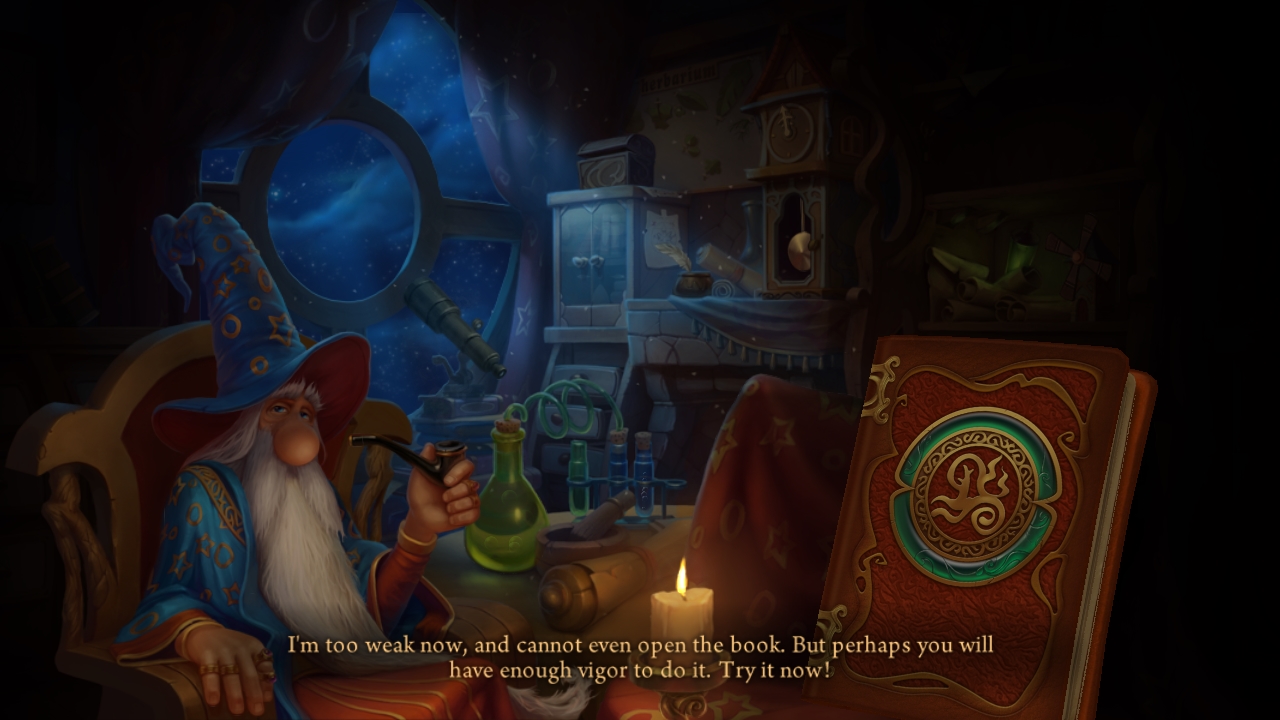

- #4 elements ii walkthrough full
- #4 elements ii walkthrough android
It’s adaptability to different types of data. It does not require any additional memory space. Bubble sort is easy to understand and implement. In computer graphics, it is popular for its capability to detect a tiny error (like a swap of just two elements) in almost-sorted arrays and fix it with just linearĮxample: It is used in a polygon filling algorithm, where bounding lines are sorted by their x coordinate at a specific scan line (a line parallel to the x-axis), and with incrementing y their order changes (two elements are swapped) only at intersections of two lines (Source: Wikipedia) Advantages: Where is the Bubble sort algorithm used?ĭue to its simplicity, bubble sort is often used to introduce the concept of a sorting algorithm. Yes, the bubble sort algorithm is stable. Hence Bubble sort algorithm is an in-place algorithm. Yes, Bubble sort performs the swapping of adjacent pairs without the use of any major data structure. Does sorting happen in place in Bubble sort? Hence it is best to check if the array is already sorted or not beforehand, to avoid O(N 2) time complexity. Output 1 2 5 6 9 What is the Boundary Case for Bubble sort?īubble sort takes minimum time (Order of n) when elements are already sorted. The idea is to place the largest element in its position and keep doing the same for every other element. The best case occurs when an array is already sorted.Īuxiliary Space: O(1) Recursive Implementation Of Bubble Sort: The worst case occurs when an array is reverse sorted.īest Case Time Complexity: O(N). Worst and Average Case Time Complexity: O(N 2). Total number of swaps (Worst case) = n(n-1)/2 Total number of comparison (Worst case) = n(n-1)/2 Total number of swaps = Total number of comparison Now, calculating total number of comparison required to sort the array where ‘n’ is a number of elements present in the array.Īt pass 1 : Number of comparisons = (n-1)Īt pass 2 : Number of comparisons = (n-2)Īt pass 3 : Number of comparisons = (n-3) 

In the worst case, the total number of iterations or passes required to sort a given array is (n-1). The worst-case condition for bubble sort occurs when elements of the array are arranged in decreasing order. ISRO CS Syllabus for Scientist/Engineer ExamĪuxiliary Space: O(1) Worst Case Analysis for Bubble Sort:.ISRO CS Original Papers and Official Keys.GATE CS Original Papers and Official Keys.
#4 elements ii walkthrough full
Full Stack Development with React & Node JS(Live).
#4 elements ii walkthrough android
Android App Development with Kotlin(Live).Java Programming - Beginner to Advanced.Data Structure & Algorithm-Self Paced(C++/JAVA).Data Structure & Algorithm Classes (Live).







 0 kommentar(er)
0 kommentar(er)
